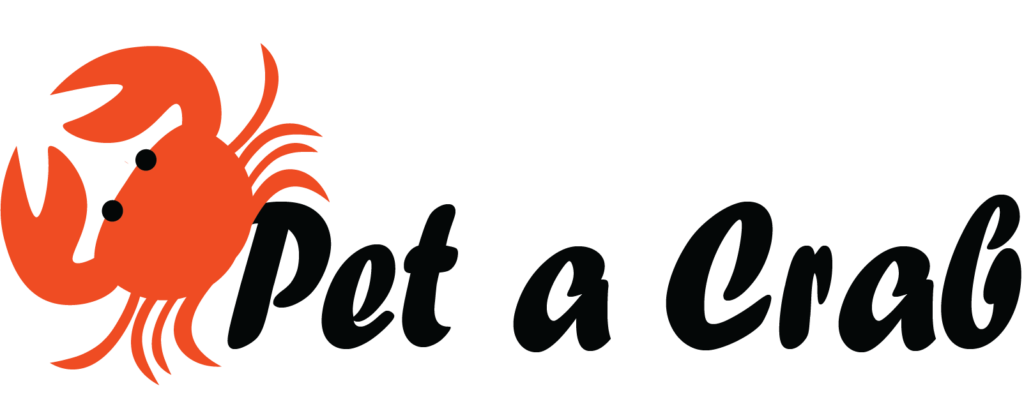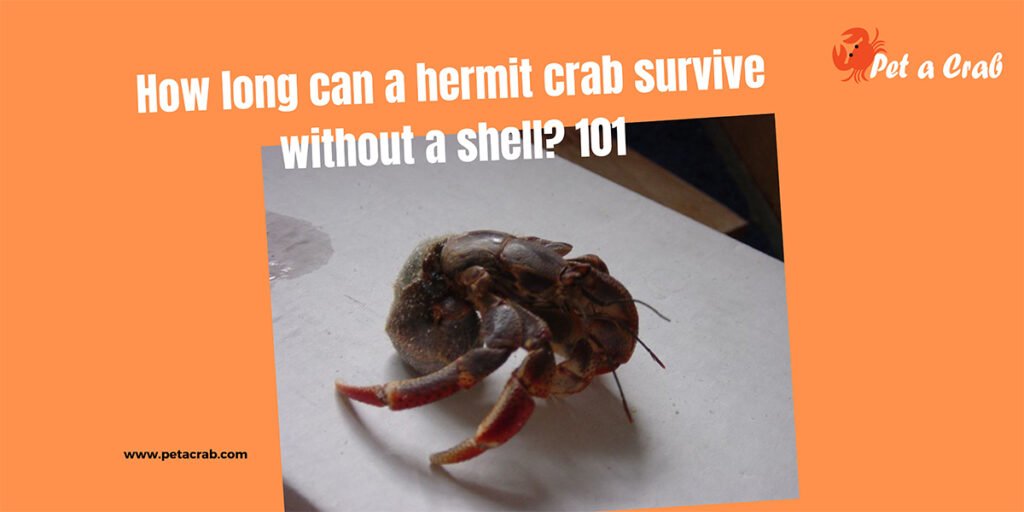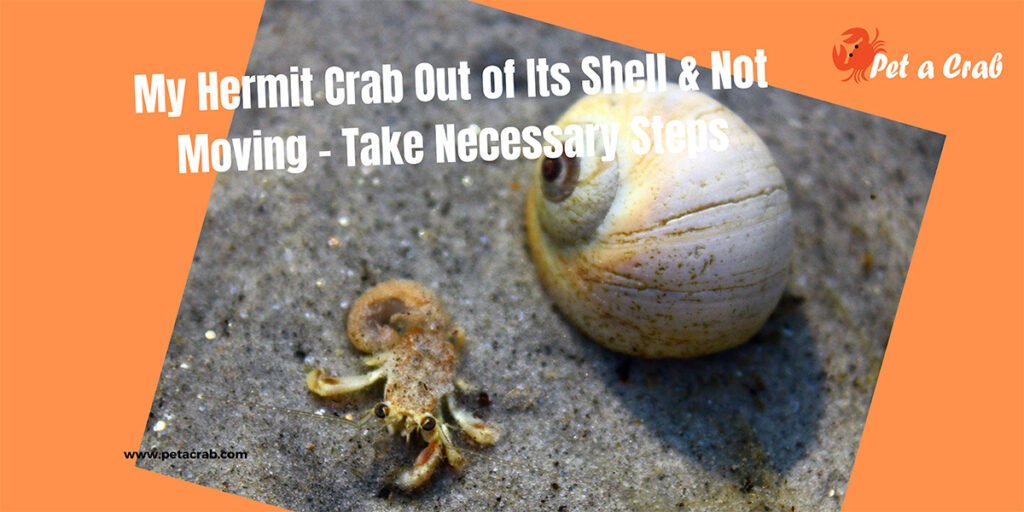Trying to choose the appropriate inhabitants for a nano saltwater ecosystem? The anemone hermit crab may just be the perfect species for your saltwater tank. Usually, they live in symbiosis with anemones, and they can carry it around on their shell to protect their stinging tentacles.

If they change their shells, they take their anemones and place them on the new one. However, they are one of the better-behaved crab species for the tank. In addition, now we will teach you more about the coral hermit crab and how to take care of them. Besides, I will provide useful information about these crabs and give some tips.
What is an anemone hermit crab?
An anemone-decorated hermit crab is a common species in the deeper waters of the marine national monument. They are also known as Dardanus pedunculatus and live throughout the Indo-Pacific at depths greater than 100 feet. Also, grow to a specific length of over 8 inches.
They are the second largest hermit crab in the Hawaiian archipelago. Typically, they attach two types of anemones to their shell. One is inside, and another is outside.
Anemone Hermit Crab Scientific Classification
- Scientific Name: Dardanus pedunculatus
- Kingdom: Animalia
- Phylum: Arthropoda
- Subphylum: Crustacea
- Family: Diogenidae
- Superfamily: Paguroidea
- Class: Malacostraca
- Order: Decapoda
- Genus: Dardanus

Quick Overview of Anemone Hermit Crab
- Care Level: Easy
- Temperament: Aggressive
- Diet: Omnivore
- Coral Safe: No
- Invertebrate Safe: No
- Max. Size: 4”
- Minimum Tank Size: 40 Gallons
- Lifespan: Up to 30 years
Facts About Anemone Hermit Crab
Appearance
The anemone crabs carry anemones on their shells so that they are easily recognizable. Usually, their body is a pale pinkish color interspersed with white and orange blotches. Typically, the body and legs are covered in light brown bristles. Also, their eye stalks are red and white, and their eyes are a light green color.
They are relatively similar to the spiny lobsters, which have two sets of anemones. One is in the middle with sensory organs that are short. On the other side, the longer one is extendable outward.
Habitat
Usually, they get their name from anemone crabs because they center their habitat around large patches of sea anemones. Also, they spend most of their day around anemones. Beside them, they nestle into the tentacles to feed off the scraps that settle on the anemones.
Additionally, they collect their anemones at night and comprise the crab, stroking and tapping the anemone until it loses its grip on the substrate.

Feeding
The hermit anemone crabs are classified as filter feeders. This means they feed on organic matter in the currents. They have fan-like filters behind their pincers, which they use like a net.
However, they catch small bits of food by raising these fans into the following current. Then pick them off by using their pincers.
Temperament
Naturally, these beautiful creatures are very docile, especially when they are raised together from spawn. Also, hermit anemone crabs do well as a male-female pair in tanks. Usually docile around their species. Most of the time, they do not attack their tankmates. But sometimes they do it because of their aggressive temperament.
They can use their pincers to feed and defend. In addition, they are the perfect addition to large and medium-sized tanks, as they have plenty of space to move from one anemone to another.
Anemones
The anemone-decorated crabs use two types of species of anemone on their shell. One is larger and is known as the calliactus polupus. Another one is smaller and is known as verrillactis paguri.
While both anemones are put on their shell. But a larger one is placed on the outer part of the shell, and a smaller one is put on the inner parts.

Aquariums
As they are not reef-safe and are carnivores, they can do a considerable amount of tank damage. If you want to keep them in the tank, consider providing larger shells in the tank to switch to. In addition, they are easy to feed and devour large amounts of food.
Tank Size
Depending on your livestock, the 40-gallon tank size can be good enough for a pair of anemone hermit crabs. The larger the tank, the more it helps reduce fluctuations in water quality.
Water parameters
Though these crabs are fairly adaptable to a wide range of water parameters, they still have some parameters. Usually, they thrive in the warm parts of the Indo-Pacific oceans. The temperature should stay in the range of about 72 to 78°F.
However, it is advisable to install a heater and thermometer to keep the water temperature constant. The pH should be kept around 8.1 to 8.4 and the salinity in the range of 1.020-1.026. Also, the dKH should be 8-12.
Reproduction
Usually, a female is fertile and approaches them, then male crabs can chemically detect them. Also often holding onto the female until ready to mate with them. However, once their eggs are fertilized, they are kept on the underside of the female inside their shell.
In addition, the eggs hatch, and the larvae are planktonic until they are large enough to find small shells.

How do you care for anemone hermit crabs?
Generally, it is very easy to take care of these beautiful coral dwellers. There is no specific diet for them. Just feed on the small pieces of frozen shrimp and other essentials. But it is very important to remember that when these floating pieces settle, the crab will munch them up. So adding a little extra feed. In addition, they do better in larger tanks. Also with a few anemones around them. They do better with a good filter and electric pump setup.
Frequently Asked Questions
What do anemone hermit crabs eat?
Usually, they eat fish, worms, snails, detritus and algae. But if there is insufficient algae in the tank, dried seaweed should be provided, such as mollusks and other meaty items.
Why do anemone crabs use an anemone?
They use an anemone to be more protected. While the anemone lacks the hardness to make up for it in its stings.
Are anemone-decorated hermit crab reefs safe?
They are aggressive and make a poor candidate for a peaceful fish aquarium and reef.
Related article – Fascinating scarlet reef hermit crab



